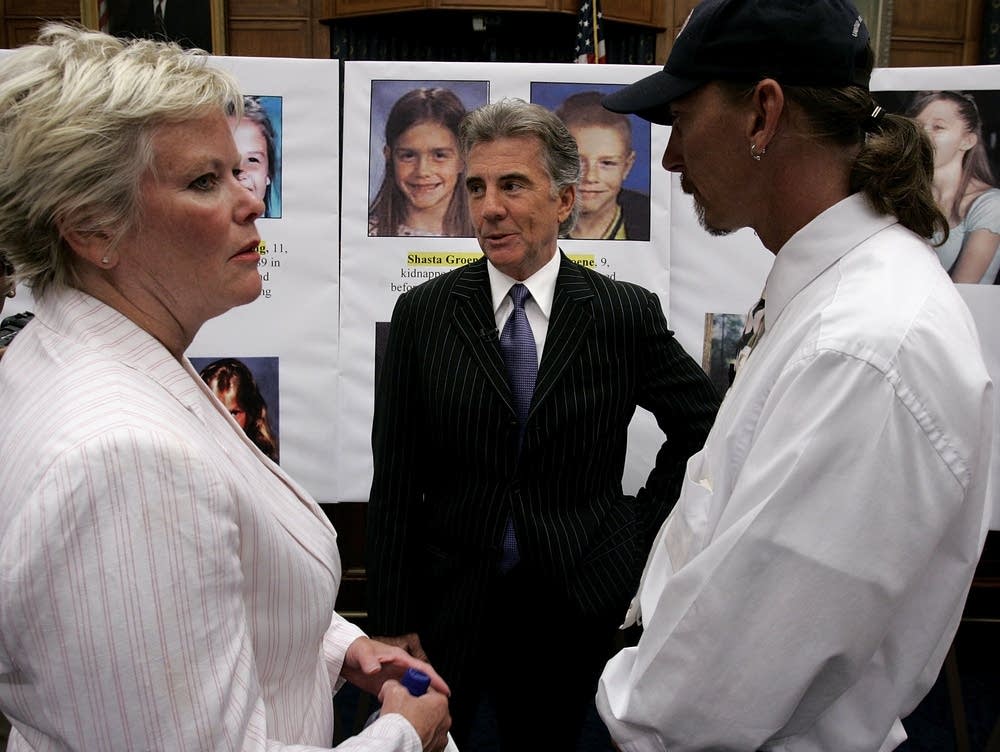‘Human and technical errors’ led to deadly strike on Afghan hospital, killing 31: US military
Washington: The US airstrike that killed 31 civilians at a hospital in Afghanistan on 3 October resulted from preventable errors by soldiers and airmen who violated rules of engagement and have been removed from duty while awaiting further investigation, military officials said Wednesday.
A briefing in Kabul provided the latest US explanation but left some questions unanswered about an attack in which an internationally run hospital was subjected to barrages of heavy fire from an AC-130 gunship. Among them: how the attack was ordered in a populated area based on a ground commander’s request with little apparent review by higher headquarters.
Gen. John Campbell, the top US commander in Afghanistan, said the airstrike was supposed to have been directed at a nearby facility being used as a Taliban command center but the warplane fired at the wrong building.
After the plane’s targeting sensors malfunctioned, he said, the crew relied on a physical description to home in on the target. But no Americans on the ground were in position to see the hospital.
“This was a tragic but avoidable accident caused primarily by human error,” said Campbell, who described the results of parallel investigations to reporters in Afghanistan and listening in at the Pentagon in Washington.
A summary of one of the investigations, obtained by The Associated Press, said that witnesses differed in their versions of how and why the strike was authorised. It also said the Special Forces commander who called in the strike, identified by AP sources as a major, had been given the coordinates of the hospital two days before but said he didn’t recall seeing them.
Investigators found that the aircrew continued the attack despite observing no hostile activity from the hospital, operated by the international group Doctors Without Borders. It found no evidence that armed Taliban were operating from there.
Campbell said several people had been removed from duty over the incident as they await potential criminal prosecution or administrative discipline, although he declined to say who and how many. His spokesman, Brig. Gen. Wilson Shoffner, said those who called in and carried out the airstrike violated US rules of engagement and used force that was disproportionate to the threat — language that suggests a possible international law violation.
Neither Campbell nor Shoffner addressed the broader policy and leadership questions raised by the attack, the latest in a line of airstrike mistakes in Afghanistan that at various times have led to tightening of the rules of engagement. Shoffner would not say whether Campbell, who was out of the country during the incident, was interviewed as part of the investigation.
In a blistering statement, Doctors Without Borders’ Director Christopher Stokes said, “The frightening catalog of errors outlined today illustrates gross negligence on the part of US forces and violations of the rules of war.”
He renewed his group’s call for an independent international investigation, something the US has blocked by declining to consent.
Doctors Without Borders has long raised the possibility that the hospital was targeted deliberately. The AP previously reported that the military believed the hospital had been taken by the Taliban, and Afghan officials in recent days have argued that the strike was justified for that reason. Campbell did not address those issues as he asserted that the assault was a mistake.
According to the report obtained by AP and to Campbell’s account, the AC-130 was sent on short notice after a report of “troops in contact.”
As a result, the aircrew did not get a pre-flight briefing and was not given a list of protected facilities on a “no strike” list that should have included the hospital.
During the flight, Campbell said, the aircraft’s electronic systems malfunctioned, preventing it from transmitting video or sending or receiving email. That meant the Air Force controller on the ground was hampered in aiding the targeting.
Campbell said the strike was requested by Afghan forces but relayed through a US Special Forces commander who was located a half-mile from the hospital, at the provincial governor’s compound, where he had been under attack for five days.
The AC-130 crew was given the coordinates for an Afghan intelligence building about 450 yards (410 meters) from the hospital, where Afghan forces were said to be in danger. But because the plane had moved to avoid a missile, its targeting sensors were off, and they pointed the crew to an open field.
The crew then relied on a physical description relayed by the commander to find what it thought was the right target. Even when its computer eventually found the correct coordinates, Campbell said, the crew ignored them because it was “fixated on the physical description of the facility.”
Immediately before firing, the aircrew relayed the coordinates of the hospital, to its headquarters, where officers knew it to be on the no-strike list, Campbell said. But nobody realised the mistake in time.
Read full article: First Post




